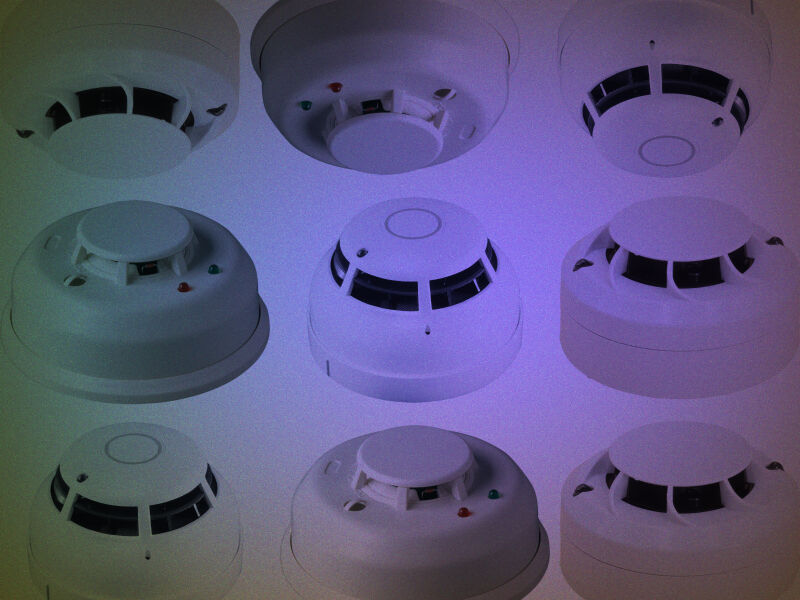One of the most talked about, and perhaps most controversial new additions to the CSArts campus, are bathroom sensors. Students and faculty have many questions about the new technology. The CSArtisan talked with CSArts Principal Dr. Gregory Endelman for details what they do, and why they are needed.
First and foremost, students, parents, and teachers have been pushing for ways to make the campus safe from drugs.
This has actually been an ongoing conversation that really has been led mostly by the students, and then their families. Students in various forms have been reporting that they would like the bathrooms to be drug free.”
Last year’s campus-wide lockdown brought student safety into focus.
Some of the students were asking, ‘Can we have a panic button?’ So we looked into a variety of options. And these detection devices were recommended to us,”
Endelman said.
The sensors have two main jobs: to pick up on smells and sounds.
They detect chemicals in the air that are associated with tobacco products and marijuana products. It also has the capability to detect certain threats. It’s not recording what students are saying in the bathroom …[but] if there’s something happening in the bathroom that spikes noise, it’s going to alert administration”
Endelman said.
You can thank AI for this new technology.
The way that they are designed, it’s a form of artificial intelligence, and they get hosted by these third parties, through a server. So they’re internet connected. And they do that so they can constantly install updates. But I do suspect that as technology evolves, these things are going to become very, very sophisticated.”
This safety net, while keeping the campus safe, is expensive.
Each device itself is about $1,500 … but this is not like … putting batteries in a regular smoke detector. They have to be wired. They have to be linked to the internet, and they have to be hosted. So the installation for the devices run around $30,000- $60,000. It’s a substantial investment. But it’s one of those things that we … think is important,”
Endelman said.
While you may not be able to see the sensors, they are installed, working, and adding a new layer of protection on campus.

 CSArts PSAT Cancelled
CSArts PSAT Cancelled